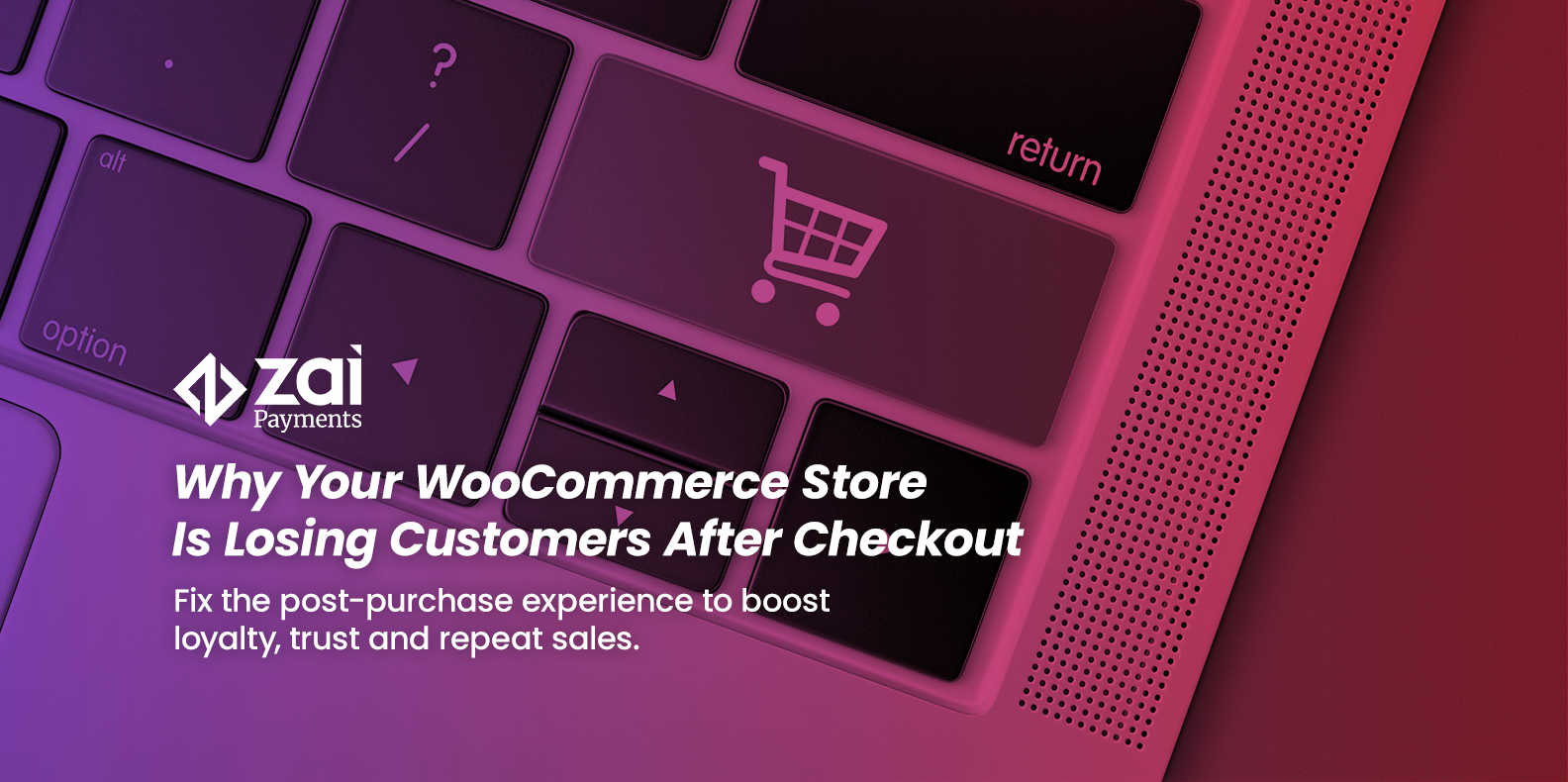Key Takeaways
B2B customer experience in payments demands a human-centred approach built on trust, precision and seamless interactions. With multiple stakeholders involved, providers must map journeys, gather feedback and address friction early. Proactive engagement, tailored communication and loyalty initiatives turn satisfied clients into long-term advocates, making CX a driver of growth rather than just problem-solving.
Building exceptional customer experiences (CX) in the business-to-business (B2B) realm requires unique strategies. At its core, CX is human-centred, driven by the emotions, decisions, and needs of individuals rather than the businesses they represent. When examining CX in industries like payments, the stakes grow even higher as financial services hinge on trust, precision, and seamless interactions.
Crafting meaningful B2B CX means navigating unique challenges, such as fragmented stakeholders, differing priorities, and intricate feedback loops. While complex, addressing these intricacies strengthens customer satisfaction, strengthens relationships, and unlocks opportunities for growth.
In this article, we'll cover:
- The Unique Challenges of B2B CX
- The Fluidity of CX History
- Actionable Strategies to Improve B2B Customer Experience in Payments
- Elevating Human-Centred CX for Payments
The Unique Challenges of B2B CX
To understand what makes B2B CX particularly complex, it’s essential to examine its dynamics and contrast them with B2C customer experience.
Multi-Stakeholder Journeys
Unlike B2C, where a single individual typically experiences the entire customer lifecycle, B2B CX typically involves numerous stakeholders with differentiated roles and priorities, including:
- The Enquirer: Often the first touchpoint, this stakeholder seeks initial information on products or services to determine if they meet basic requirements.
- The Budget Holder: Focused on cost-effectiveness and return on investment, this individual evaluates whether solutions align with financial objectives.
- The Decision Maker: Likely an executive or management-level stakeholder, they finalise approvals based on alignment with overarching business goals.
- The Administrator: This group may include those managing day-to-day interactions in onboarding, implementation, or customer support.
- The End Users: These individuals interact with the product regularly, providing key insights into usability.
For payments companies, such diversity in roles means CX must cater to people with varied expectations. A CFO evaluating system transparency might have entirely different concerns compared to a developer integrating payment APIs within a product. Uneven access to these stakeholders, especially end users, further complicates acquiring actionable insights.
The Fluidity of CX History
Relationships drive CX in B2B settings. However, these relationships are dynamic, which presents both opportunities and risks.
- CX Memory May Disappear: When employees in key roles transition out of an organisation, they take institutional knowledge and personal impressions with them. New employees may form fresh, unbiased opinions, and relationships built with prior employees can fade. Payment providers must focus on maintaining a consistent CX standard across personnel changes to avoid disruptions.
- CX Memory May Travel Elsewhere: On the positive side, employees who switch roles or organisations often carry positive CX experiences with them. A smooth implementation or exceptional product support can lead to new referrals or become an advocacy tool once they join another company. Employees, in essence, act as CX ambassadors.
Actionable Strategies to Improve B2B Customer Experience in Payments
Creating consistent, human-centred CX requires solutions tailored to address the nuances of B2B relationships. By prioritising proactive engagement, clear communication, and stakeholder awareness, payments providers can simplify complexity while enhancing satisfaction. Below are proven methods to make CX seamless and impactful.
1. Map Stakeholder Journeys
Create detailed customer journey maps (CJMs) outlining key touchpoints, stakeholder interactions, and decision-making processes. Mapping these journeys ensures insights into pain points that may be role-specific. For instance, integration roadblocks affecting IT teams or compliance concerns troubling finance teams highlight where CX tweaks are necessary. Payments companies can also focus on bridging gaps between onboarding complexity and ongoing product support.
2. Use Customer Segmentation
B2B CX varies significantly based on customer type. Enterprise clients and small-to-medium-sized businesses (SMBs) have distinct preferences when it comes to payments solutions, from feature preferences to service delivery expectations. Segmenting your customer base by size, transaction volume, or industry allows payments companies to deliver tailored experiences. For instance, smaller businesses may value simplified interfaces, while enterprises might need robust reporting features for audits and forecasting.
3. Capture Voice of the Users (VoU)
End users often provide invaluable feedback on product functionality. Yet in B2B settings, they can be hard to reach. Payments companies can overcome this challenge by integrating feedback tools directly into products. For example, including real-time surveys within dashboards or leveraging usage analytics offers insights into transactional friction or latency issues. Simplifying the user feedback loop ensures product decisions reflect genuine user needs.
4. Leverage Relationships to Gather Feedback
Establish direct communication during onboarding to stay connected with your customer’s key stakeholders. Personalised, role-specific surveys ensure feedback is relevant while minimising survey fatigue. Additionally, proactive reviews scheduled post-implementation can uncover recurring issues and reassure stakeholders that their concerns are being actively addressed.
5. Monitor Early Indicators of CX Friction
B2B customer churn is not spontaneous. It often follows a series of smaller frustrations, such as unclear payment reconciliation processes or technical errors delaying settlements. Monitoring leading metrics like system downtime, product usage decreases, or delayed onboarding can help identify friction points. Payments companies that address these signals promptly enhance customer satisfaction while protecting revenue streams.
6. Build a Broader Brand Connection with Customers
Go beyond transactional relationships by embedding customer-centric reminders across interactions. Simple gestures matter, from personalised emails highlighting product usage insights to showcasing customer success stories within invoices, product updates, or events. Payment companies can also take advantage of loyalty programs or online communities, where customers network and share best practices for maximising the product’s value.
7. Incentivise Referrals That Build Trust
Positive word-of-mouth, particularly in B2B payments, holds immense value. Encouraging satisfied customers to refer your product to other businesses fosters trust. Referral programs that reward advocates, including key stakeholders across roles like managers or CFOs, can transform existing clients into a vital growth engine.
8. Deepen Insights Through High-Impact Case Studies
Your loyal customers are often the best resource for deep insights into what works and what doesn’t. By conducting in-depth case studies highlighting how your product resolved specific operational or financial challenges, you create resources that resonate with prospective buyers. For example, demonstrating how streamlined APIs improved reconciliation for enterprise buyers reinforces your CX strengths.
Elevating Human-Centred CX for Payments
Exceptional CX is not merely a checklist; it’s an ongoing commitment to understanding, engaging, and exceeding customer expectations. Payments companies face extraordinary complexity when managing B2B relationships, but these complexities contain immense opportunities if approached strategically.
By mapping every interaction point, gathering meaningful feedback, addressing friction swiftly, and nurturing long-term relationships, payments providers strengthen their value proposition. CX improvements extend beyond retaining customers– they build advocates who champion your brand far beyond their current workplace.
For payments businesses, delivering human-centred CX doesn’t just meet customer expectations; it anticipates and exceeds them. Recognise the importance of every stakeholder in the customer lifecycle, and your business will thrive in the competitive, fast-paced payments landscape.
About the Author

Andy McCutcheon
Head of Customer Operations
A Certified Customer Experience Professional (CCXP) with more than 20 years of experience across fintech, defence and digital services. He has built high-performing teams, transformed customer journeys and raised NPS by over 70 points. Passionate about creating better customer outcomes, he also focuses on driving efficiency and ensuring regulatory compliance.



